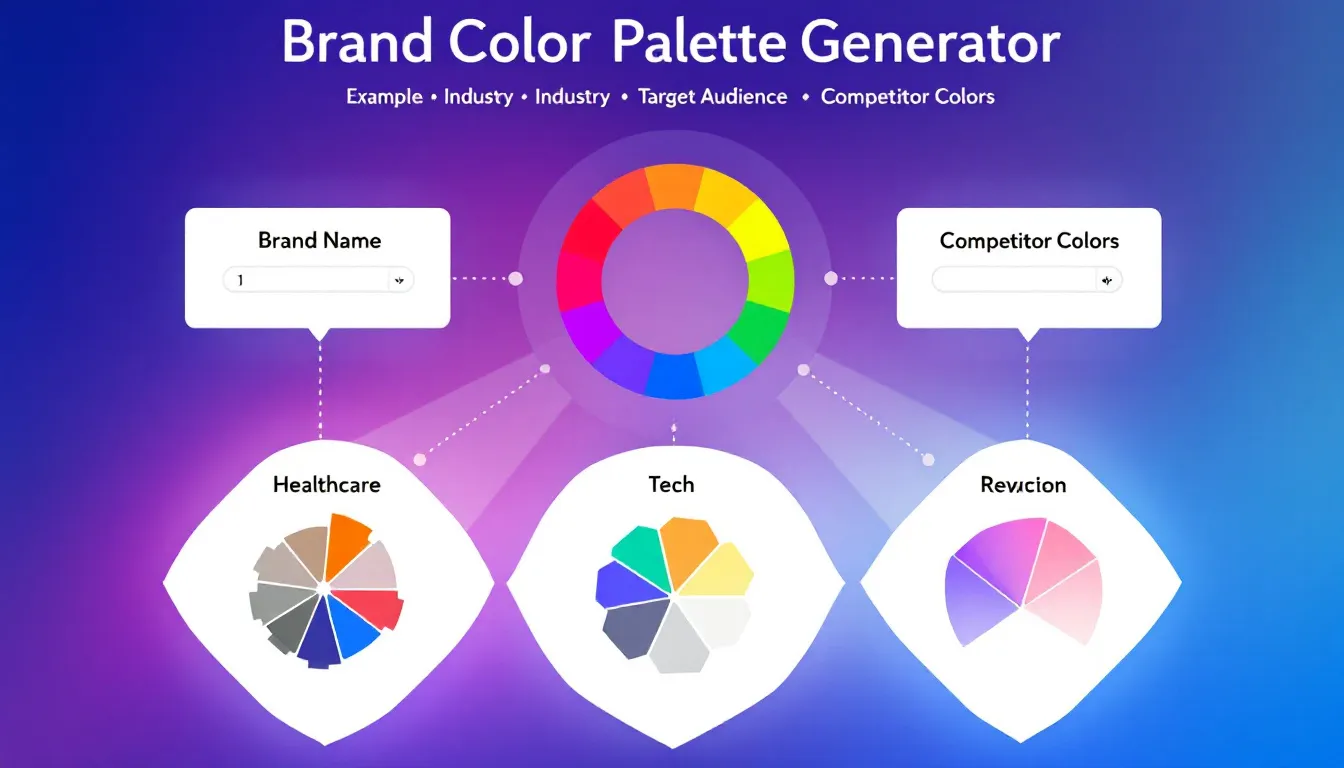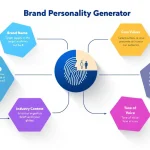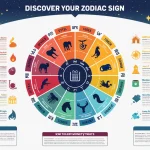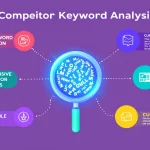Is this tool helpful?
How to Use the Brand Color Palette Generator Effectively
This tool helps you create professional and strategic brand color schemes quickly. To get the best results, fill in the fields below with clear and specific information about your brand.
Step-by-Step Guide to Each Field
- Brand Name: Enter the official name of your brand or business. For example, “Urban Leaf Collective” or “BrightPath Consulting”.
- Industry: Specify your business sector clearly. Examples include “Renewable Energy” or “Online Education”.
- Target Audience: Describe your ideal customers’ characteristics. Try inputs like “Eco-conscious families aged 30-45” or “Freelance designers seeking creative tools”.
- Brand Personality: (Optional) List 3-5 traits that define your brand’s character. For instance, “Trustworthy, modern, and welcoming” or “Dynamic, innovative, and approachable”.
- Competitor Colors: (Optional) Mention the main colors your competitors use. Try “Deep navy and coral” or “Olive green and beige” to help the generator craft unique palettes.
What is the Brand Color Palette Generator and Why Use It
The Brand Color Palette Generator is an online tool that designs customized color schemes aligned with your brand’s identity and market positioning. It simplifies the complex process of selecting meaningful colors by combining insights from color psychology, industry practices, and your brand inputs.
Using this tool ensures that your color palette not only looks cohesive but also sends the right message to your audience. It helps you develop consistent branding across websites, marketing materials, and product packaging without spending hours experimenting with colors.
Key Benefits of Using the Generator
- Save Time: Generate professional-grade color schemes in just minutes instead of spending hours designing manually.
- Stand Out: Avoid color overlaps with competitors by using palettes tailored to your industry and audience.
- Maintain Consistency: Build a reliable and recognizable brand image with well-structured color coordination.
- Reach Your Audience: Align colors with your target market’s preferences and cultural nuances for greater engagement.
- Flexible Usage: Receive versatile colors that work for digital platforms, print materials, and social media.
Practical Uses of the Brand Color Palette Generator
This tool works by processing your inputs through advanced algorithms that apply color harmony, psychology, and industry trends to create palettes that suit your unique brand profile. You can use the palettes for:
- Website and app design
- Logo and packaging development
- Marketing campaigns and social media visuals
- Print materials like brochures and business cards
- Creating consistent brand guidelines
Example Use Case: Sustainable Agriculture Brand
- Brand Name: Green Horizon Farms
- Industry: Sustainable Agriculture
- Target Audience: Environmentally conscious consumers aged 25-50
- Brand Personality: Honest, eco-friendly, and innovative
- Competitor Colors: Dark brown and muted orange
Sample generated palette: Forest green (#2F6B3E), Soft cream (#F5F3E7), Earthy brown (#8B5E3C), Sky blue (#75AADB)
Example Use Case: Creative Freelance Agency
- Brand Name: Pixel Pulse Studio
- Industry: Creative Services
- Target Audience: Small business owners and entrepreneurs seeking branding solutions
- Brand Personality: Bold, imaginative, and collaborative
- Competitor Colors: Black and neon green
Sample generated palette: Vibrant magenta (#D72631), Cool gray (#8D99AE), Crisp white (#FFFFFF), Deep charcoal (#1D1E22)
Understanding the Science Behind Brand Color Selection
Your brand’s color palette influences perception, recognition, and emotional response. This generator uses proven principles including:
- Color Harmony: Balancing hues to create visually pleasing combinations.
- Psychological Impact: Leveraging colors that evoke specific feelings to match your brand personality.
- Industry Trends: Incorporating colors commonly accepted within your business field.
- Cultural Context: Respecting cultural meanings associated with colors for global relevancy.
- Accessibility: Ensuring color contrast and visibility meet standards for all users.
Frequently Asked Questions About Brand Color Palettes
General Questions
Q: How many colors does the palette include?
A: The tool typically provides 4 to 5 colors, including primary, secondary, and accent shades to cover diverse branding needs.
Q: Are the colors suitable for both digital and print use?
A: Yes. The palette includes HEX, RGB, and CMYK color codes to ensure compatibility across all media types.
Q: Can I adapt the generated colors?
A: Absolutely. The palette forms a foundation you can customize by adjusting tints, shades, or saturation levels for greater flexibility.
Q: How often should I update my brand colors?
A: Typically, update your palette every 5-7 years or when repositioning your brand to keep it fresh and relevant.
Technical Questions
Q: What color formats are provided?
A: You receive HEX, RGB, and CMYK values, useful for web, screen, and print design.
Q: Does the palette consider accessibility standards?
A: Yes. Color contrast and legibility follow Web Content Accessibility Guidelines (WCAG) to ensure inclusivity.
Q: Will the colors display consistently on different devices?
A: The palette is optimized for cross-device consistency, offering reliable color appearance on various screens.
Q: Is it possible to save or export the generated palette?
A: You can copy the entire color information including recommended usage notes to use in your design workflow.
Important Disclaimer
The calculations, results, and content provided by our tools are not guaranteed to be accurate, complete, or reliable. Users are responsible for verifying and interpreting the results. Our content and tools may contain errors, biases, or inconsistencies. Do not enter personal data, sensitive information, or personally identifiable information in our web forms or tools. Such data entry violates our terms of service and may result in unauthorized disclosure to third parties. We reserve the right to save inputs and outputs from our tools for the purposes of error debugging, bias identification, and performance improvement. External companies providing AI models used in our tools may also save and process data in accordance with their own policies. By using our tools, you consent to this data collection and processing. We reserve the right to limit the usage of our tools based on current usability factors.







